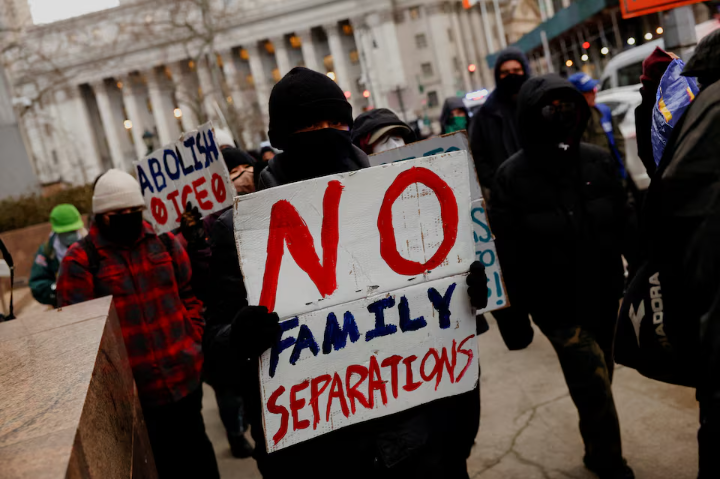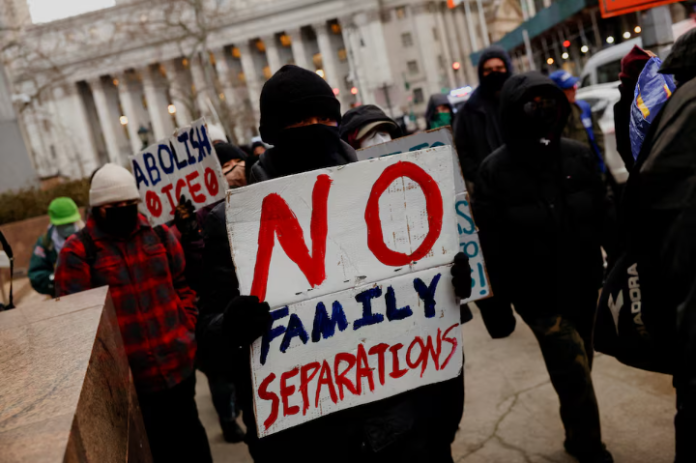The Trump administration is taking an unprecedented step in its immigration crackdown—fining migrants up to $998 per day if they fail to leave the U.S. after receiving a deportation order. Even more controversially, officials are considering seizing their property if they don’t pay.
This aggressive strategy, rooted in a rarely used 1996 law, could leave some migrants facing fines exceeding $1 million if applied retroactively. The move signals a dramatic escalation in Trump’s hardline immigration policies, sparking outrage among advocates and legal challenges ahead.
How the $998 Daily Fine Works
Under the new enforcement plan, migrants who ignore final deportation orders will accumulate daily penalties of nearly $1,000—a staggering financial burden, especially for low-income families.
The Department of Homeland Security (DHS) has already warned migrants to “self-deport and leave the country now” using the CBP Home app (formerly CBP One). Those who refuse could face asset seizures, including homes, cars, and bank accounts, through the Justice Department’s civil forfeiture program.
A Policy with Deep Consequences
This isn’t the first time Trump has used this law—during his first term, his administration fined a handful of migrants $60,000 each before backing down under legal pressure. Now, the fines are far more severe, targeting an estimated 1.4 million people with standing deportation orders.
Critics argue the policy is less about enforcement and more about instilling fear.
“Their point isn’t really to enforce the law, it’s to project fear in communities,” said Scott Shuchart, a former ICE official under Biden.
Mixed-Status Families at Risk
The fines could devastate mixed-status households, where undocumented immigrants live with U.S. citizens or green card holders. According to FWD.us, roughly 10 million people are in this situation—meaning American families could lose property due to a relative’s immigration status.
With 26% of unauthorized immigrant households already below the poverty line, these fines could push many into financial ruin.
Internal Struggles Over Enforcement

Behind the scenes, agencies are scrambling to implement the policy. A CBP memo obtained by Reuters reveals major logistical hurdles:
- The agency lacks the legal and technical infrastructure to process fines.
- Upgrading systems could cost millions and take years.
- At least 1,000 new paralegals may be needed to handle cases.
Despite these challenges, Trump’s top advisors, including Stephen Miller, are pushing for rapid action.
What Happens Next?
Legal challenges are inevitable, but in the meantime, the threat alone could force thousands to flee. Will this policy actually reduce illegal immigration, or will it create a humanitarian and legal nightmare?



